New research from the University of Georgia suggests a component of bacteria’s cell walls may hold the key to crushing the antibiotic-resistant microbes.
Tag: Bacteria
Successful DNA replication in cyanobacteria depends on the circadian clock
A new study from the University of Chicago has found that the photosynthetic bacterium Synechococcus elongatus uses a circadian clock to precisely time DNA replication, and that interrupting this circadian rhythm prevents replication from completing and leaves chromosomes unfinished overnight.
How Legionella Makes Itself At Home
DALLAS – May 10, 2021 – Scientists at UT Southwestern have discovered a key protein that helps the bacteria that causes Legionnaires’ disease to set up house in the cells of humans and other hosts. The findings, published in Science, could offer insights into how other bacteria are able to survive inside cells, knowledge that could lead to new treatments for a wide variety of infections.
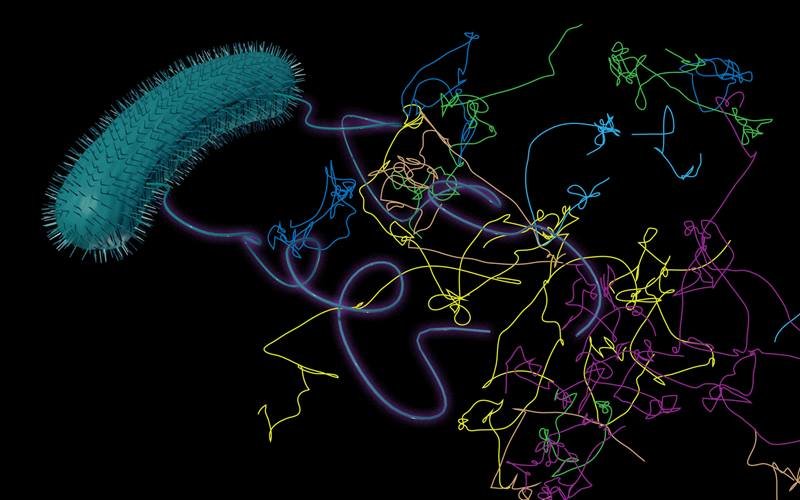
Calculating “Run and Tumble” Behavior of Bacteria in Groundwater
Bacteria in groundwater move in surprising ways. They can passively ride flowing groundwater and can actively move on their own in what scientists call “run and tumble” behavior. Scientists studied two kinds of microorganisms to improve the mathematical models that describe how bacterial run and tumble when transported by groundwater.
Cannabis use disorder linked to increased complications after spinal surgery
Dragonfly wings, lotus leaves, cicada wings — thanks to millennia of evolution, nature has optimized the ways these surfaces and others behave to offer antibacterial functionality. An international, interdisciplinary team of researchers is trying to find the best way to translate these features to create nature-inspired bactericidal surfaces for use in medical implants. They discuss the surface structures and chemical compositions for an ideal implant material in the journal Applied Physics Reviews.
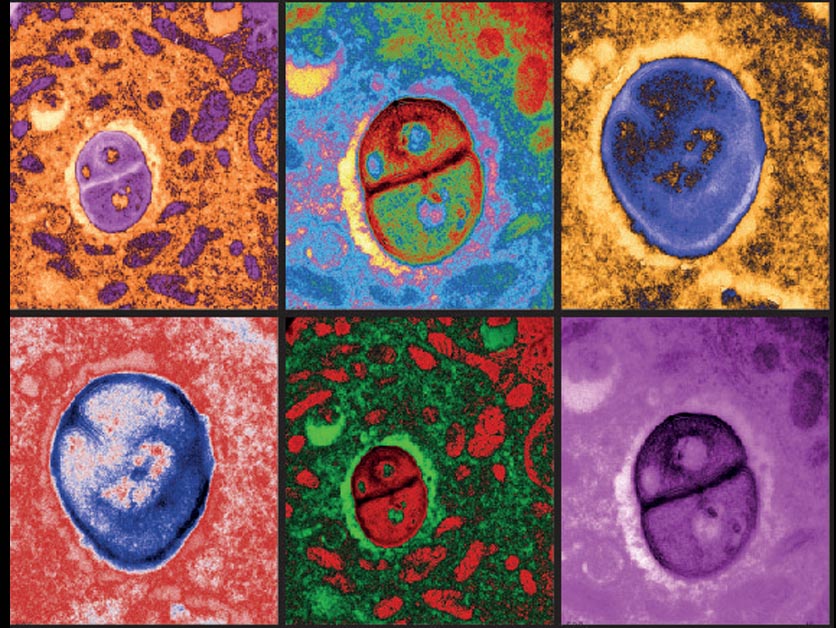
Weizmann Scientists Find That Bacteria May Aid Anti-Cancer Immune Response
The Weizmann Institute’s Prof. Yardena Samuels, Prof. Eran Segal, and Dr. Ravid Straussman, with partners at MD Anderson Cancer Center, the NCI, and elsewhere, have discovered that the bacteria living inside cancer cells can be harnessed to provoke an immune reaction against the tumor. The work could also help explain findings showing that the microbiome affects the success of immunotherapy.

Bacteria know how to exploit quantum mechanics, UChicago study finds
Photosynthetic organisms harvest light from the sun to produce the energy they need to survive. A new paper published by University of Chicago researchers reveals their secret: exploiting quantum mechanics.
Antibiotic-Resistant Strains of Staph Bacteria May Be Spreading Between Pigs Raised in Factory Farms and People in North Carolina
DNA sequencing of bacteria found in pigs and humans in rural eastern North Carolina, an area with concentrated industrial-scale pig-farming, suggests that multidrug-resistant Staphylococcus aureus strains are spreading between pigs, farmworkers, their families and community residents, and represents an emerging public health threat, according to a study led by researchers at the Johns Hopkins Bloomberg School of Public Health.
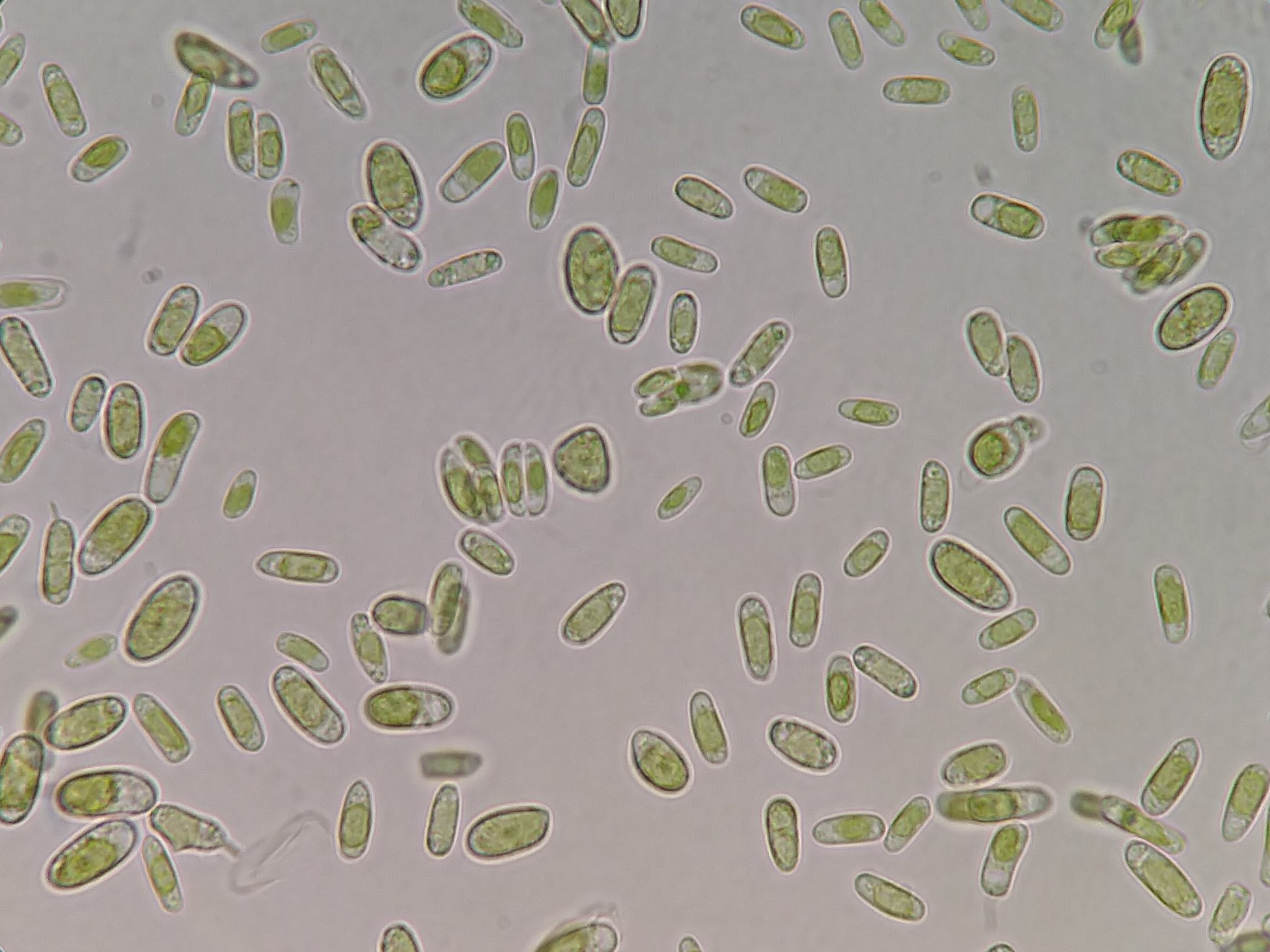
Bacteria and Algae Get Rides in Clouds
Human health and ecosystems could be affected by microbes including cyanobacteria and algae that hitch rides in clouds and enter soil, lakes, oceans and other environments when it rains, according to a Rutgers co-authored study.
What happens in the mouth … doesn’t stay in the mouth
The healthy human oral microbiome consists of not just clean teeth and firm gums, but also bacteria living in an environment where they constantly communicate with the immune system. A growing body of evidence has shown that this system is highly influential on, and influenced by, our overall health.
3D-printed microbes open door to enhanced performance of biomaterials
Lawrence Livermore National Laboratory scientists have developed a new method for 3D printing living microbes in controlled patterns, expanding the potential for using engineered bacteria to recover rare-earth metals, clean wastewater, detect uranium and more.

Ludwig Cancer Research Study Reveals How Certain Gut Bacteria Compromise Radiotherapy
A study led by Ludwig Chicago Co-director Ralph Weichselbaum and Yang-Xin Fu of the University of Texas Southwestern Medical Center has shown how bacteria in the gut can dull the efficacy of radiotherapy, a treatment received by about half of all cancer patients.
Alzheimer’s microbe hypothesis gets major NIH funding
After years of paltry funding, research on the possible role of microbes in the causation of Alzheimer’s disease will now get a major infusion of grants from the NIH’s National Institute on Aging

Greenland Melting Likely Increased by Bacteria in Sediment
Bacteria are likely triggering greater melting on the Greenland ice sheet, possibly increasing the island’s contribution to sea-level rise, according to Rutgers scientists. That’s because the microbes cause sunlight-absorbing sediment to clump together and accumulate in the meltwater streams, according to a Rutgers-led study – the first of its kind – in the journal Geophysical Research Letters. The findings can be incorporated in climate models, leading to more accurate predictions of melting, scientists say.
How ‘Iron Man’ bacteria could help protect the environment
Researchers show that microbes are capable of an incredible feat that could help reclaim a valuable natural resource and soak up toxic pollutants.

Antibiotics for C-sections Effective After Umbilical Cord Clamped
Antibiotics for cesarean section births are just as effective when they’re given after the umbilical cord is clamped as before clamping – the current practice – and could benefit newborns’ developing microbiomes, according to Rutgers co-authored research. The study, by far the largest of its kind and published in the journal Antimicrobial Resistance & Infection Control, challenges current recommendations for antibiotic use. Administering antibiotics after clamping does not increase the risk of infection at the site of C-section incisions, the study concludes.
Scientists develop hydrophobic coating to prevent infections
Published in ACS Applied Materials and Interfaces, the study examined how an innovative coating UGA scientists developed can prevent liquids like water and blood from sticking onto surfaces. The researchers also found that the liquid-repellant coating can kill bacteria and halt blood clot formation on an object’s surface.
Microbes in dental plaque look more like relatives in soil than those on the tongue
A new study out of UChicago and the Marine Biological Laboratory used state-of-the-art sequencing technology to deep-screen the genomes of microbes known as TM7 present in the mouth. This approach determined that TM7 species living on the tongue more closely resembled those found in the GI tract, while TM7 species in dental plaque more closely resembled environmental species, providing a hint at how plaque may have played a role in microbial colonization of the body.
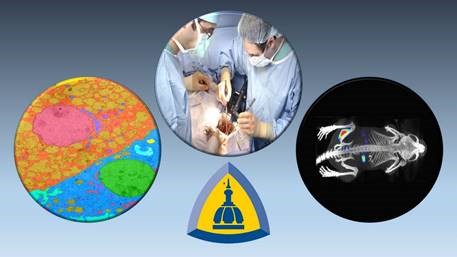
Research News Tip Sheet: Story Ideas From Johns Hopkins Medicine
During the COVID-19 pandemic, Johns Hopkins Medicine Media Relations is focused on disseminating current, accurate and useful information to the public via the media. As part of that effort, we are distributing our “COVID-19 Tip Sheet: Story Ideas from Johns Hopkins” every other Tuesday.
Bacterial Extracellular Vesicles from Poultry Farm Dust Causes Lung Inflammation in Mice
Article title: Bacterial extracellular vesicles isolated from organic dust induce neutrophilic inflammation in the lung Authors: Velmurugan Meganathan, Regina Moyana, Kartiga Natarajan, Weshely Kujur, Shilpa Kusampudi, Sachin Mulik, Vijay Boggaram From the authors: “In summary, our studies have found that…
Rutgers Expert Available to Discuss Science and Benefits of Handwashing in COVID-19 Era
New Brunswick, N.J. (Nov. 23, 2020) – Rutgers University–New Brunswick Professor Donald W. Schaffner, a food microbiologist who has also studied handwashing for more than 20 years, is available for interviews on the science and benefits of handwashing during the COVID-19 pandemic and overall.…
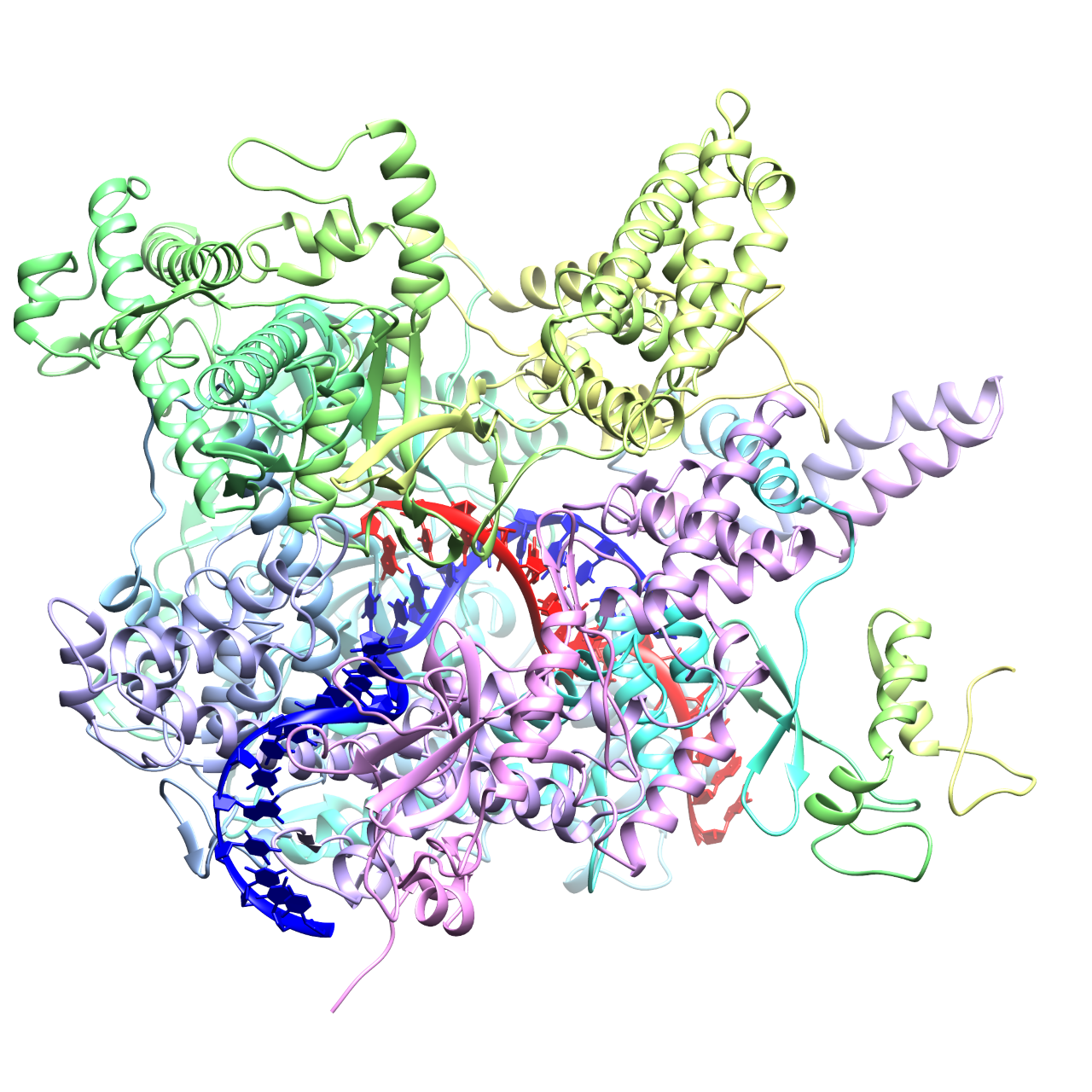
Gut Microbiome Manipulation Could Result from Virus Discovery
Scientists have discovered how a common virus in the human gut infects and takes over bacterial cells – a finding that could be used to control the composition of the gut microbiome, which is important for human health. The Rutgers co-authored research, which could aid efforts to engineer beneficial bacteria that produce medicines and fuels and clean up pollutants, is published in the journal Nature.
ANTIVIRAL DEFENSE FROM THE GUT
Study demonstrates how a subset of common gut bacteria renders mice resistant to viral infections.
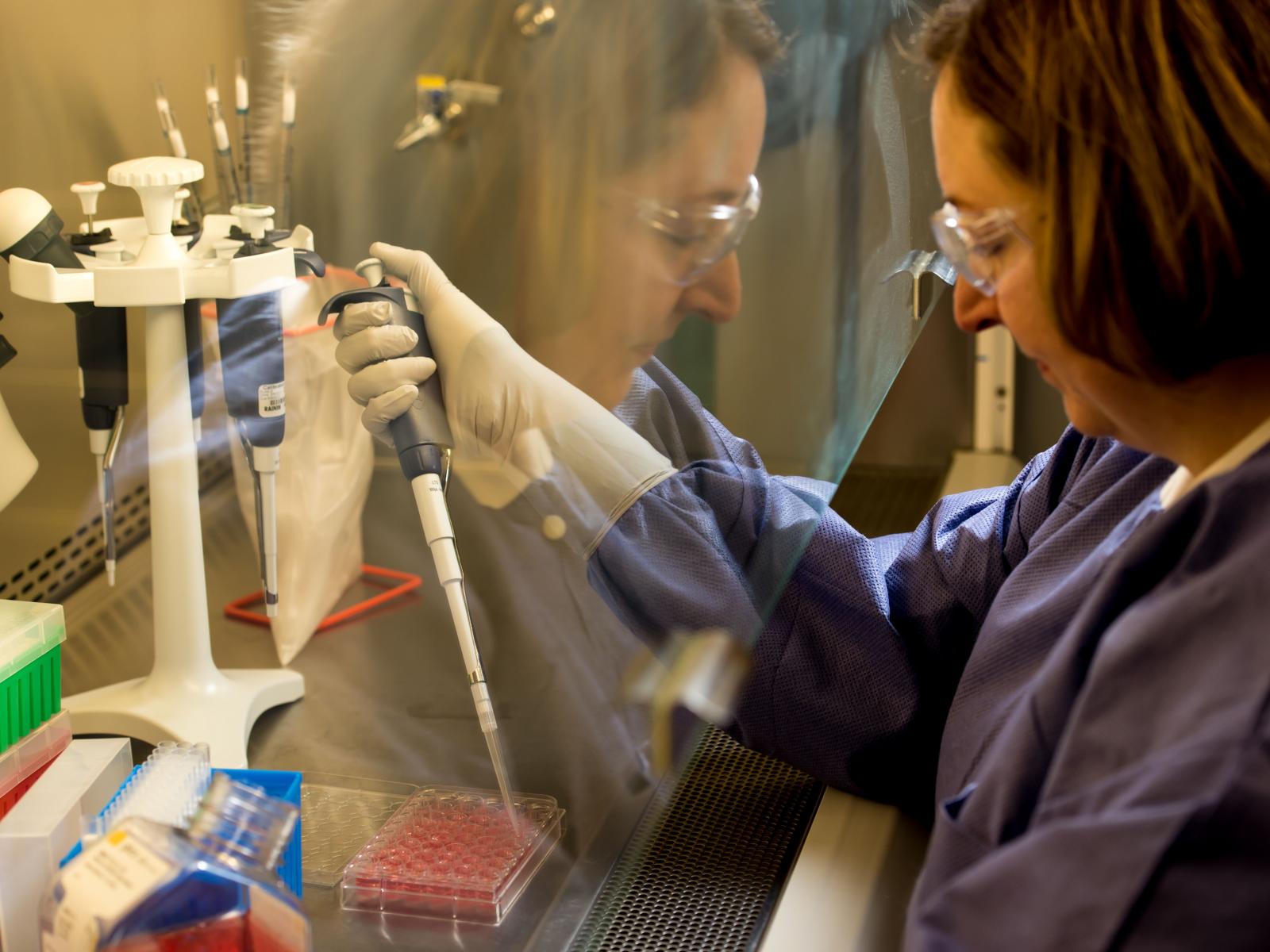
Glowing Progress in Pathogen Discovery
OmniScreen is an end-to-end pipeline for quickly and effectively distinguishing a plethora of pathogenic cells in a microbial community. The system extracts, probes, and screens thousands of cells to pick out pathogens in a matter of days.
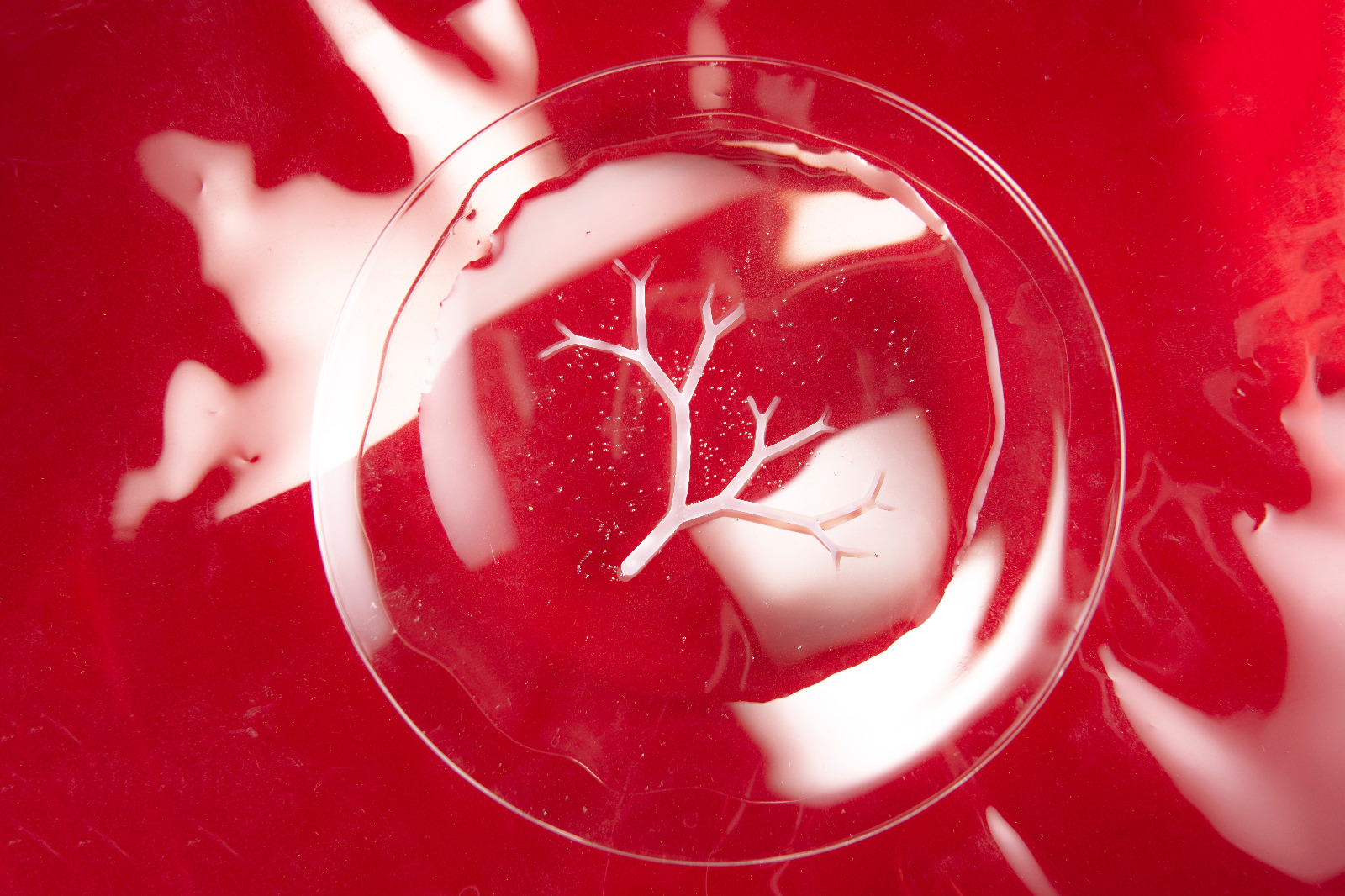
Scientists use bacteria as micro-3D printers
A team at Aalto University has used bacteria to produce intricately designed three-dimensional objects made of nanocellulose. With their technique, the researchers are able to guide the growth of bacterial colonies through the use of strongly water repellent – or superhydrophobic – surfaces.
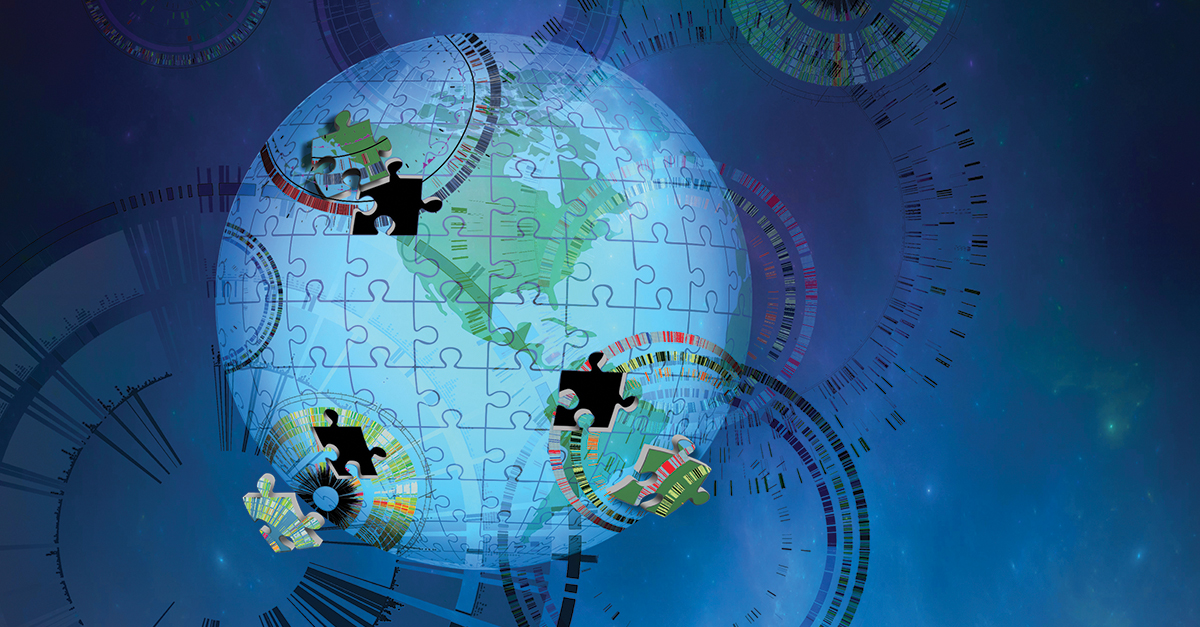
Uncovering Novel Genomes from Earth’s Microbiomes
Reported in Nature Biotechnology, the known diversity of bacteria and archaea has been expanded by 44% through a publicly available collection of more than 52,000 microbial genomes from environmental samples resulting from a JGI-led collaboration involving more than 200 scientists around the world.

What’s That Growing on Your Face Mask?
Many people reuse masks and other face coverings many times without sanitizing them. That is likely because current sanitization methods can be cumbersome. A new device using a hanging rack and UV-C light can sterilize up to six masks and other items simultaneously and quickly, killing bacteria, yeasts, mold spores, and viruses. This device has shown its efficacy against pathogens including the highly-contagious E-coli, which was eradicated in about one minute.

Story Tips: Ice breaker data, bacterial breakdown, catching heat and finding order
ORNL story tips: Ice breaker data, bacterial breakdown, catching heat and finding order
How Did Red Algae Survive in Extreme Environments?
Red algae have persisted in hot springs and surrounding rocks for about 1 billion years. Now, a Rutgers-led team will investigate why these single-celled extremists have thrived in harsh environments – research that could benefit environmental cleanups and the production of biofuels and other products.
A new method for making a key component of plastics
Scientists have discovered a previously unknown way that some bacteria produce the chemical ethylene – a finding that could lead to new ways to produce plastics without using fossil fuels.
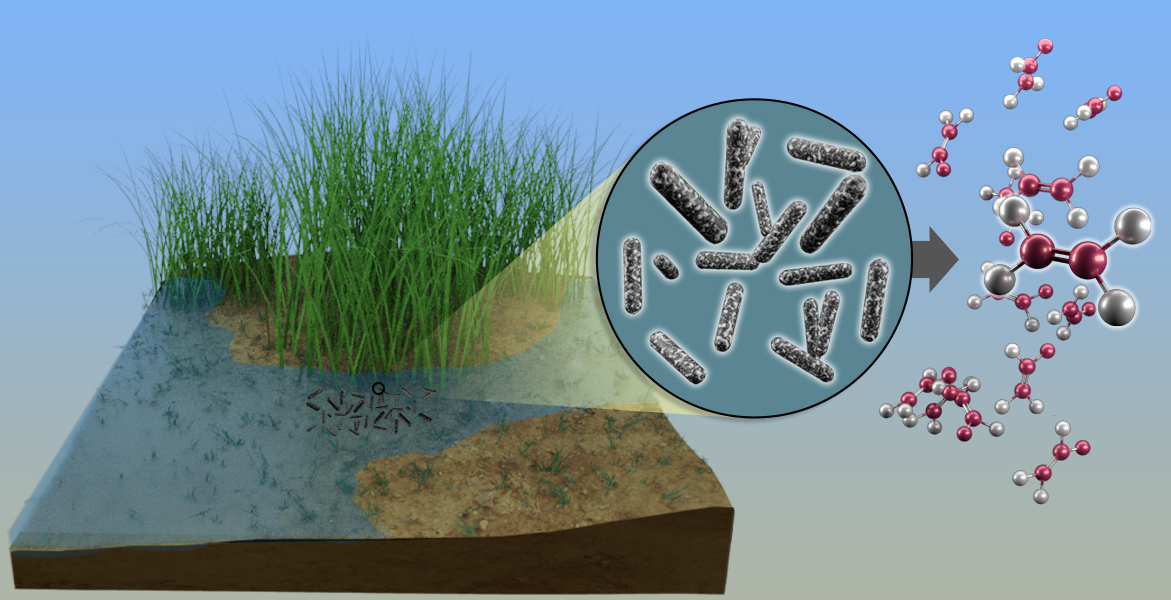
Sulfur-scavenging bacteria could be key to making common component in plastic
Scientists at Oak Ridge National Laboratory and Ohio State University discovered a new microbial pathway that produces ethylene, providing a potential avenue for biomanufacturing a common component of plastics, adhesives, coolants and other everyday products.
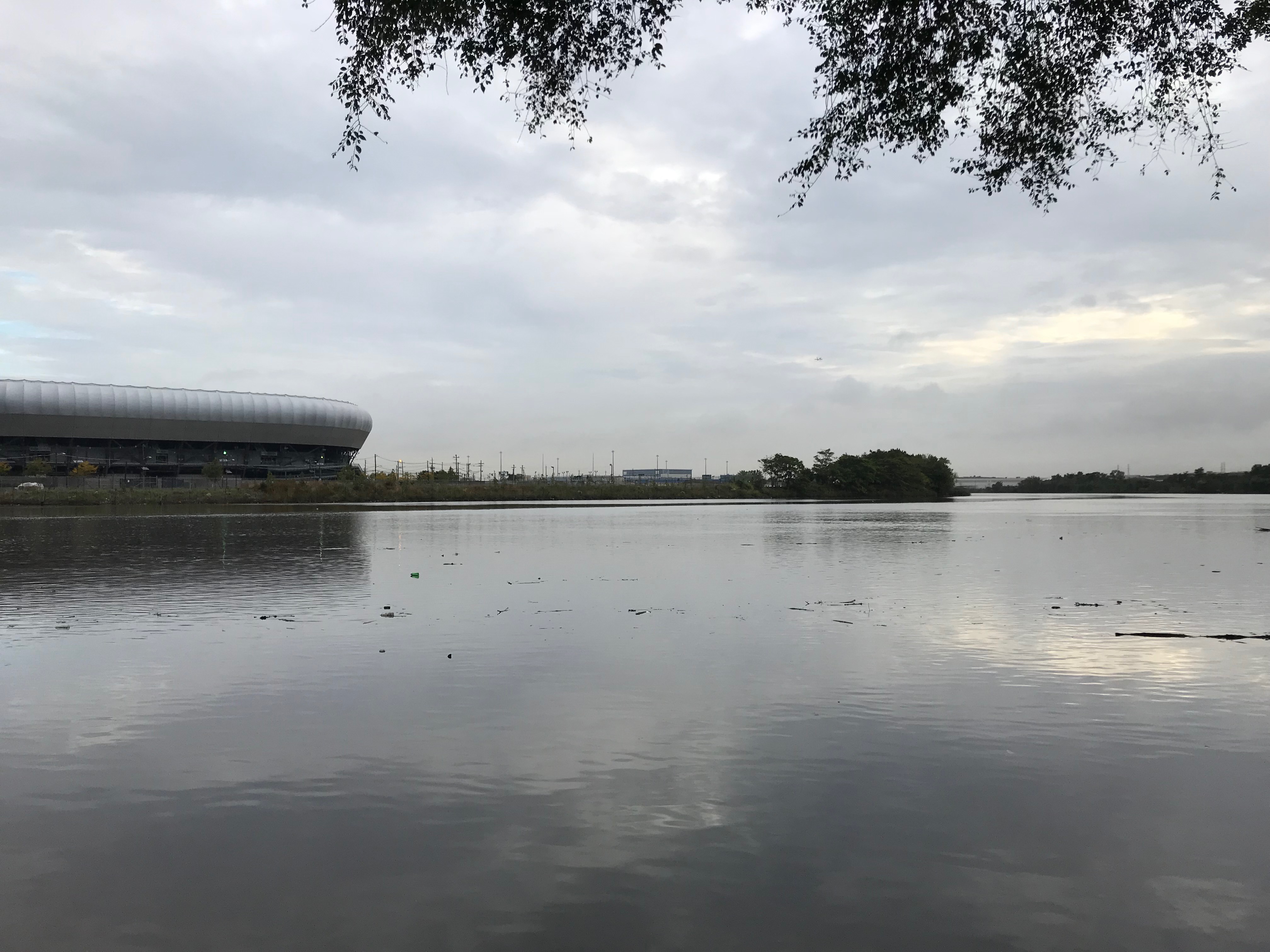
Bacteria Can Defuse Dangerous Chemical In Passaic River
Bacteria that can help defuse highly toxic dioxin in sediments in the Passaic River – a Superfund hazardous waste site – could eventually aid cleanup efforts at other dioxin-contaminated sites around the world, according to Rutgers scientists. Their research, published in the journal Environmental Science & Technology, needs further work to realize the full potential of the beneficial bottom-dwelling microbes.
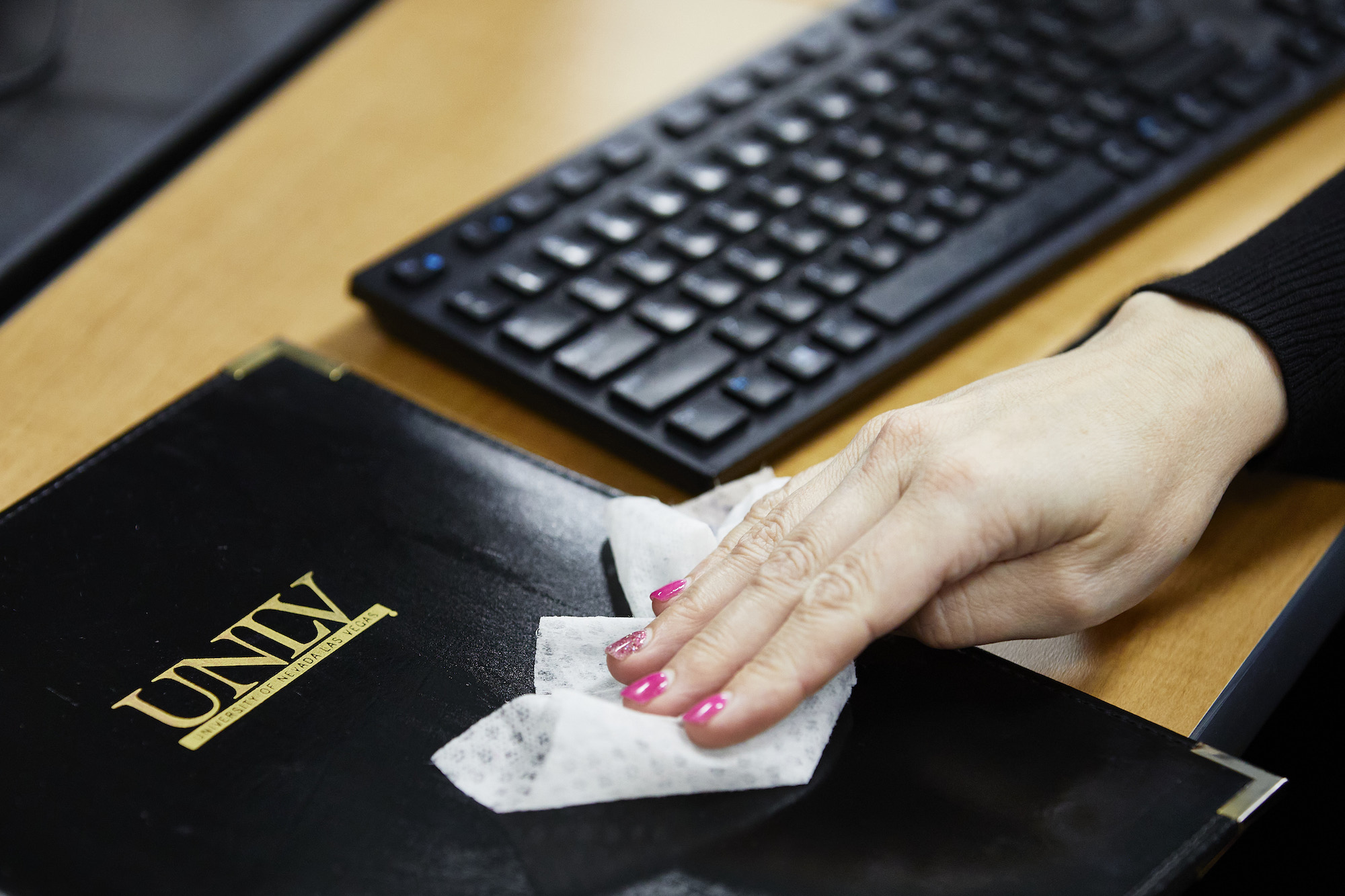
Cleaning up the Germs that Cause COVID-19
A meme is circulating on the Internet comparing the statement “once COVID-19 is over” to the wishful possibility of winning the lottery. Both might seem very out of reach, but continuing to remain vigilant with frequent handwashing, social distancing, mask-wearing,…
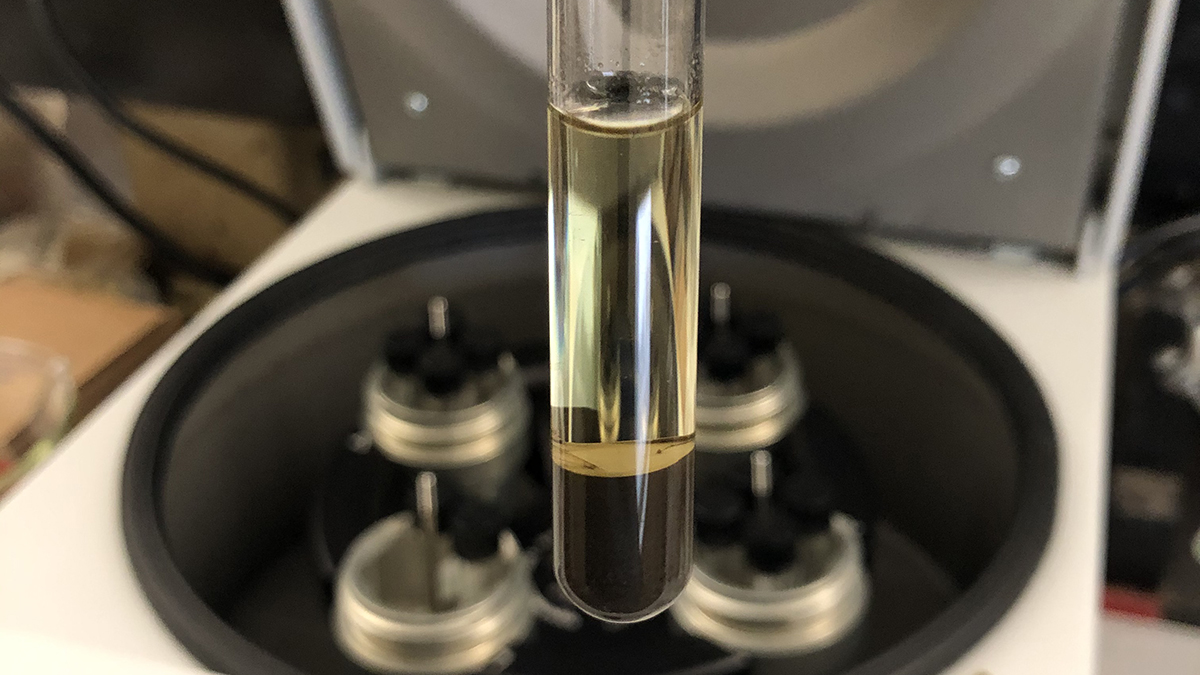
Why is testing for soil microbes important?
Various types of microbes are key ingredients to healthy soil
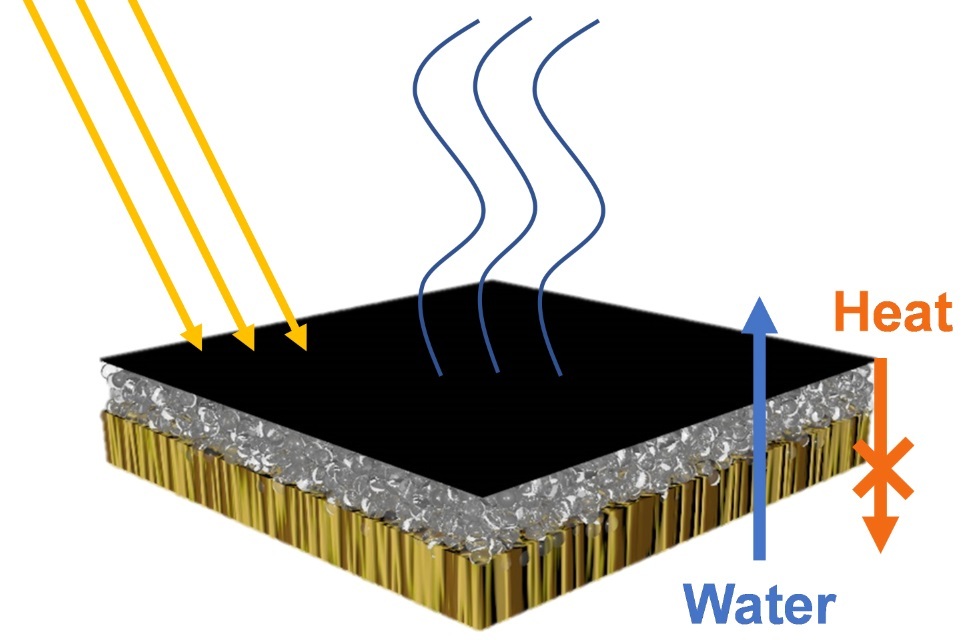
Purifying water with the help of wood, bacteria and the sun
Researchers reporting in Nano Letters have developed a wood-based steam generator that, with the help of bacterial-produced nanomaterials, harnesses solar energy to purify water.
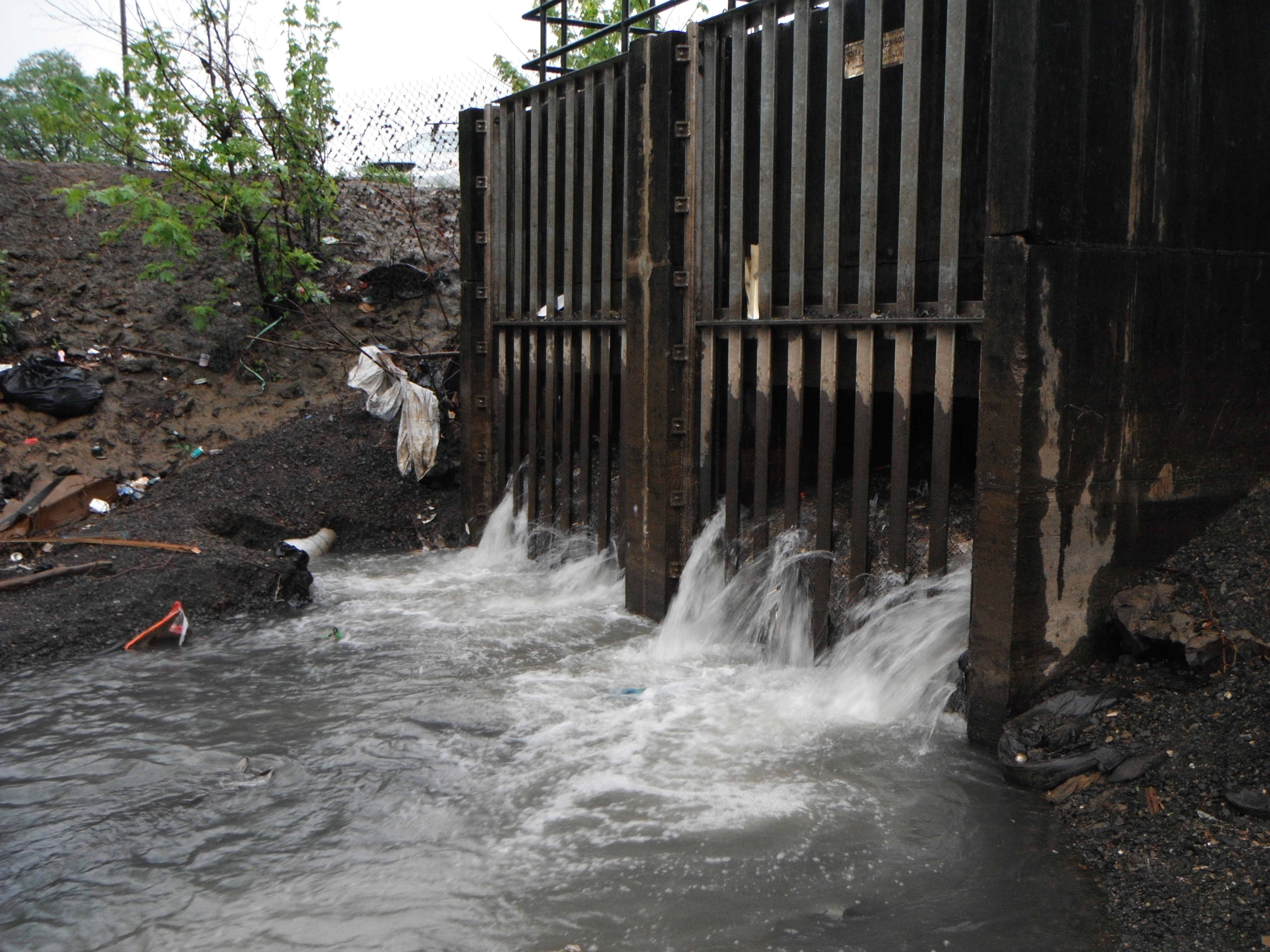
Harmful Microbes Found on Sewer Pipe Walls
Can antibiotic-resistant bacteria escape from sewers into waterways and cause a disease outbreak? A new Rutgers study, published in the journal Environmental Science: Water Research & Technology, examined the microbe-laden “biofilms” that cling to sewer walls, and even built a simulated sewer to study the germs that survive within.

Dangerous Tick-Borne Bacterium Extremely Rare in New Jersey
There’s some good news in New Jersey about a potentially deadly tick-borne bacterium. Rutgers researchers examined more than 3,000 ticks in the Garden State and found only one carrying Rickettsia rickettsii, the bacterium that causes Rocky Mountain spotted fever. But cases of tick-borne spotted fevers have increased east of the Mississippi River, and more research is needed to understand why, according to a study in the American Journal of Tropical Medicine and Hygiene.
Exploring Nature’s Treasure Trove of Helpful Compounds
Compounds that plants, fungi, bacteria, and animals produce can sometimes help people as well. In fact, many medicines, molecules used in research, and other useful compounds originated in nature. Learn more about recent discoveries in the fascinating field of natural products research.
Biomedical researchers get closer to why eczema happens
A new study from Binghamton University, State University of New York may help to peel back the layers of unhealthy skin — at least metaphorically speaking — and get closer to a cure.
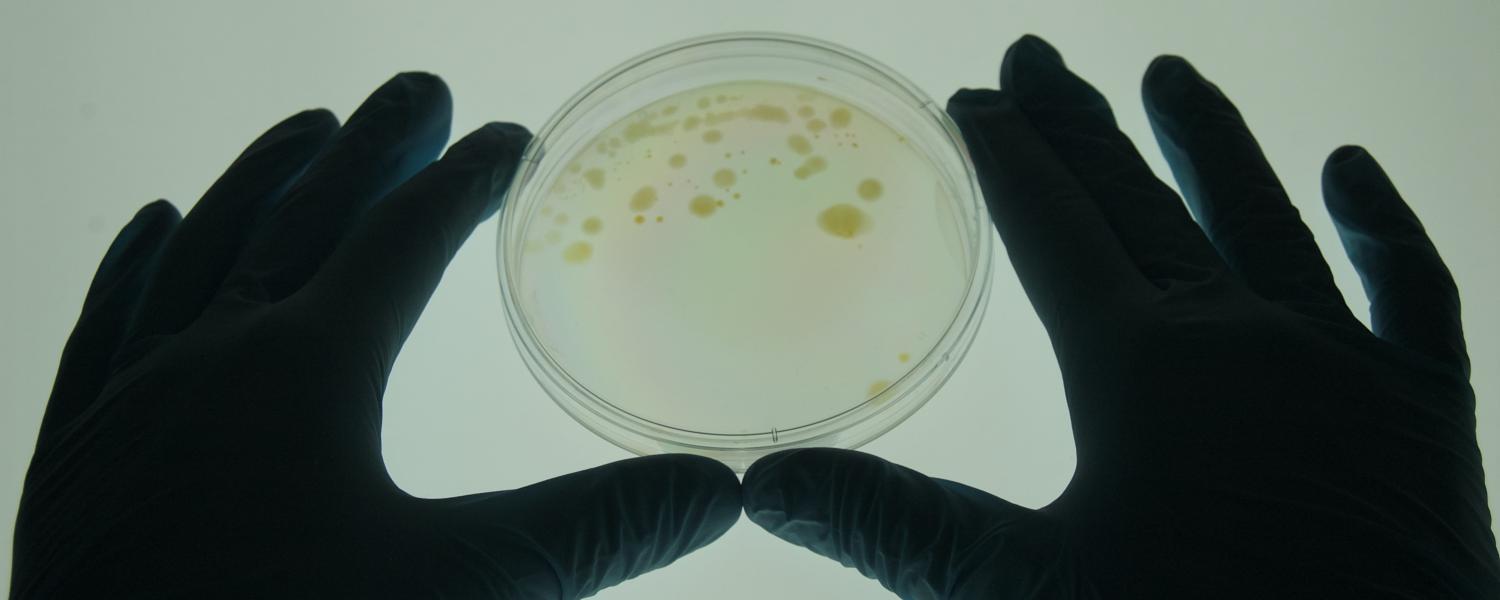
Exposure to ‘good bacteria’ during pregnancy buffers risk of autism-like syndrome in offspring
Inoculation with a beneficial microorganism during pregnancy fended off an autism-like syndrome in offspring, according to a new animal study. The paper is the latest to suggest that ‘good bacteria’ impacts the brain.
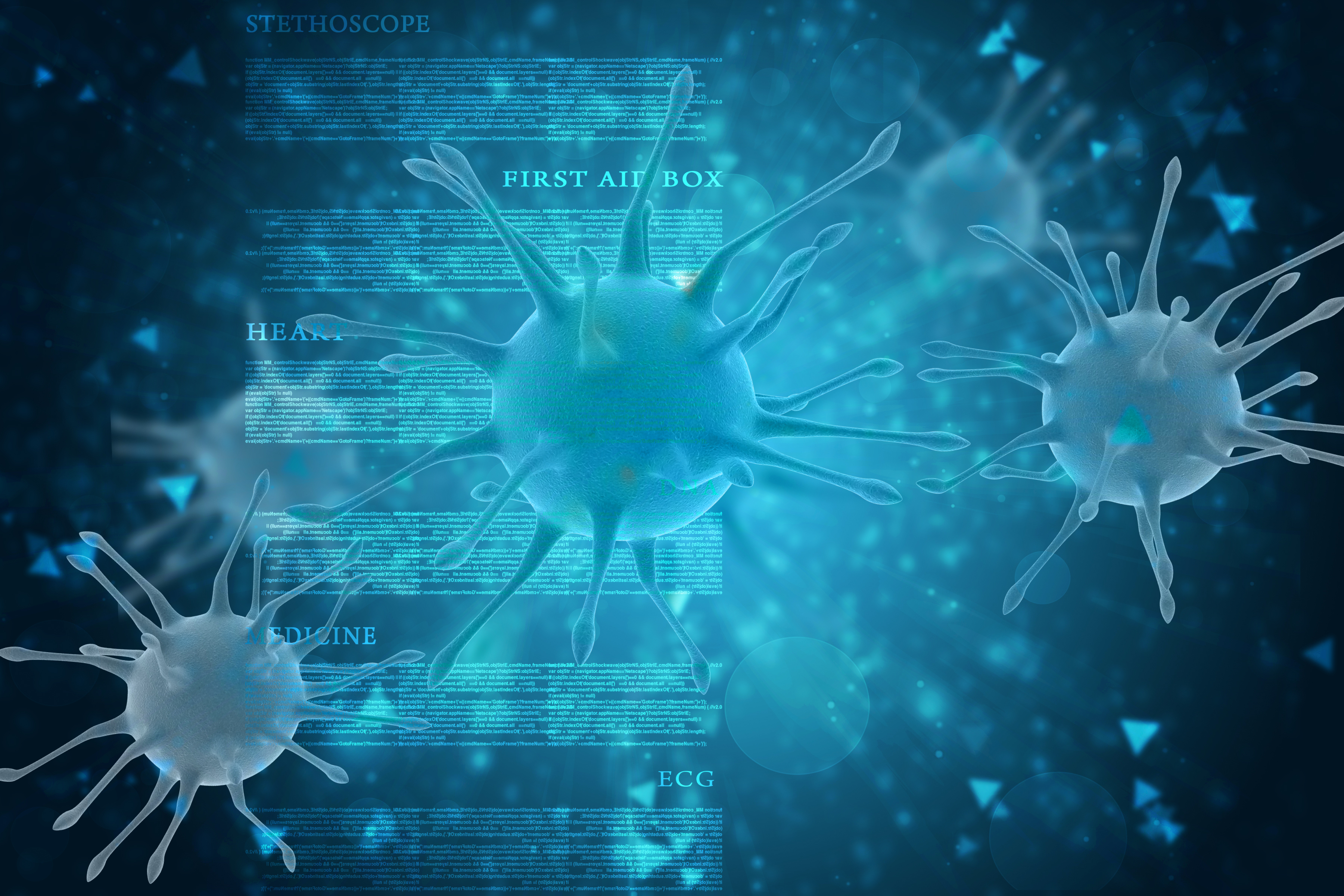
Next-gen nano technologies to tackle infection and diagnose disease
Next-gen nano technologies that can prevent infection and diagnose disease are set to transform the medical industry as this important UniSA research is awarded more than $2 million dollars under the National Health and Medical Research Council (NHMRC) 2021 Investigator Grants.
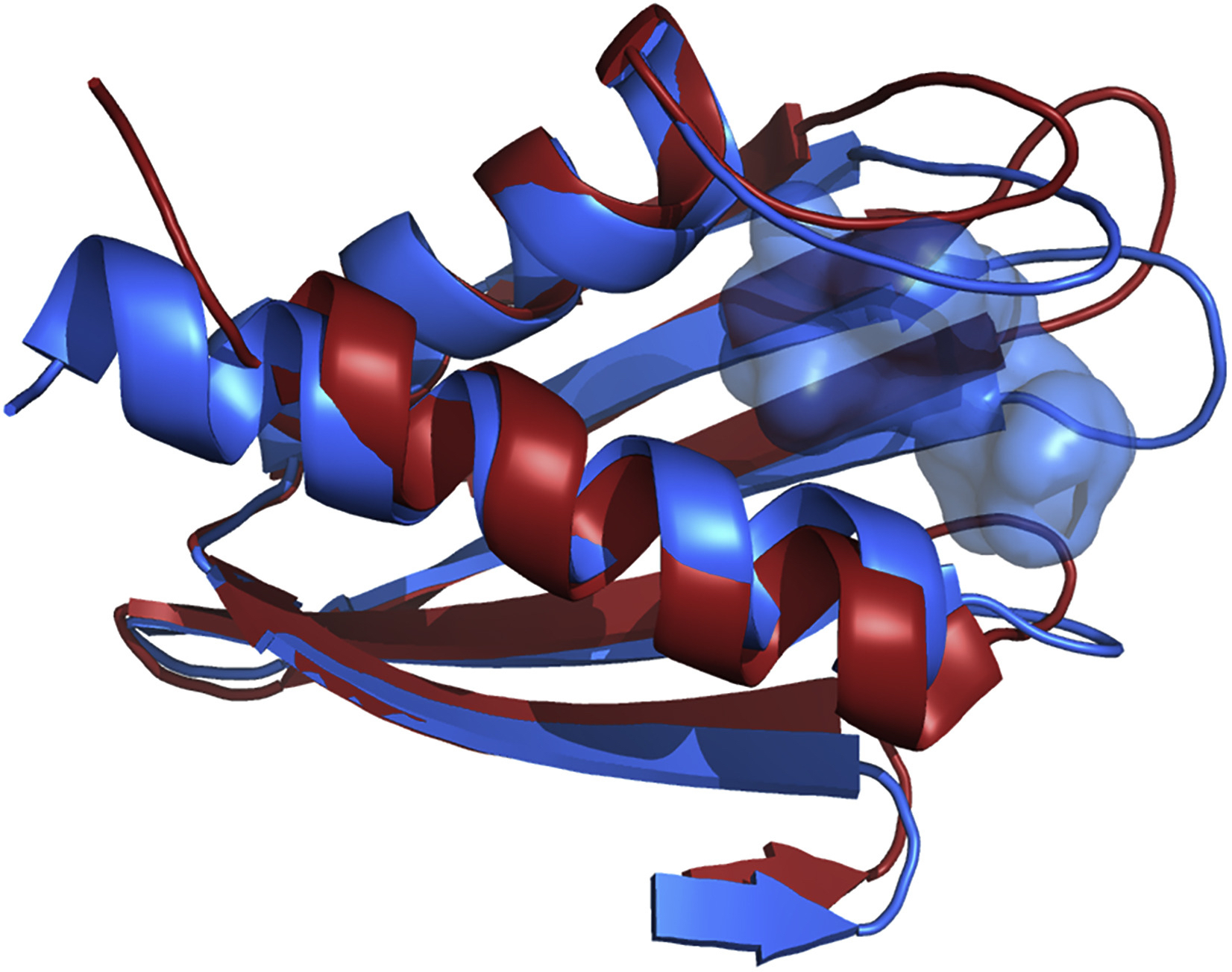
Supercomputing Aids Scientists Seeking Therapies for Deadly Bacterial Disease
A team of scientists led by Abhishek Singharoy at Arizona State University used the Summit supercomputer at the Oak Ridge Leadership Computing Facility to simulate the structure of a possible drug target for the bacterium that causes rabbit fever.
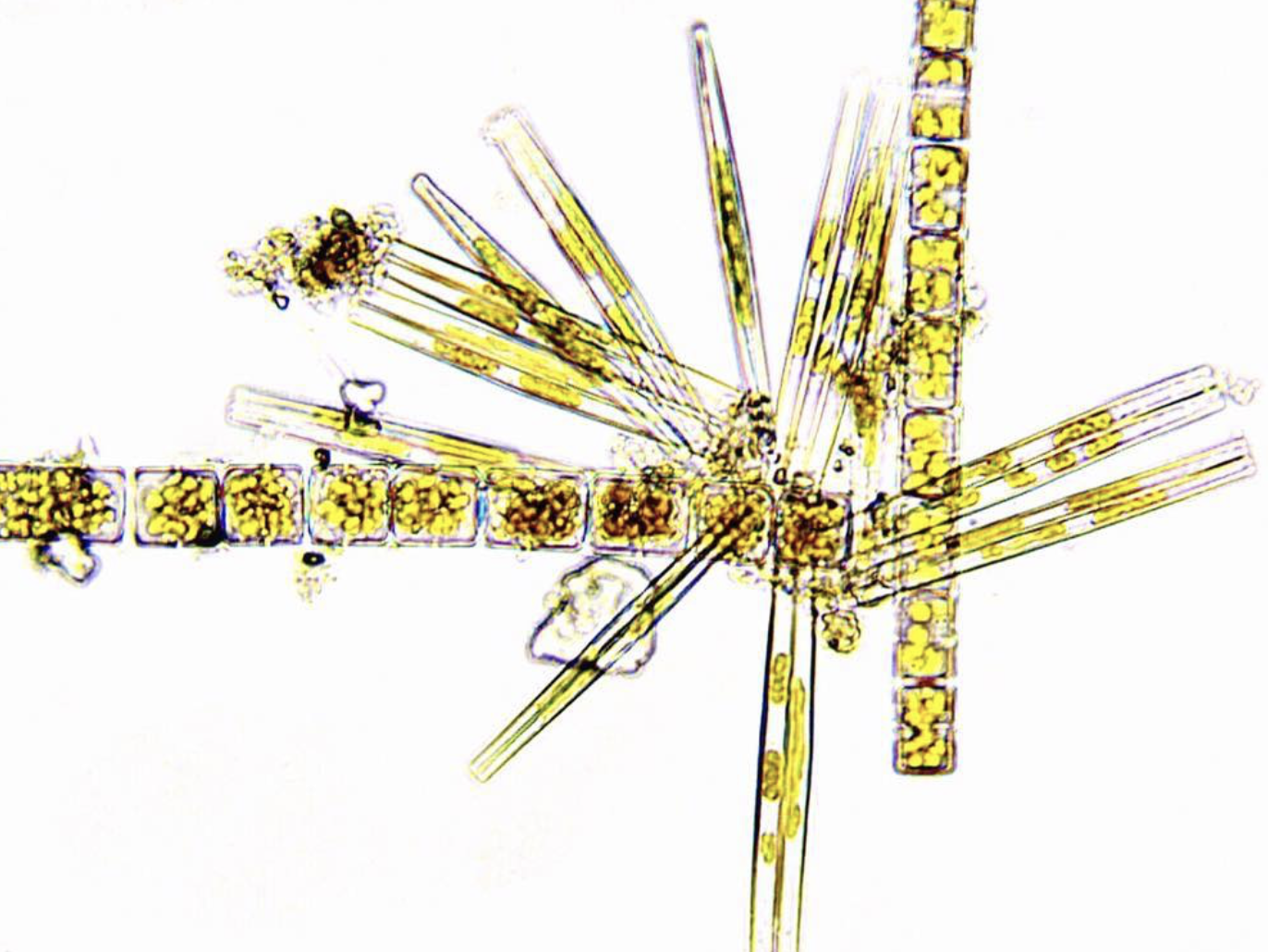
Algae in the Oceans Often Steal Genes from Bacteria
Algae in the oceans often steal genes from bacteria to gain beneficial attributes, such as the ability to tolerate stressful environments or break down carbohydrates for food, according to a Rutgers co-authored study.
The study of 23 species of brown and golden-brown algae, published in the journal Science Advances, shows for the first time that gene acquisition had a significant impact on the evolution of a massive and ancient group of algae and protists (mostly one-celled organisms including protozoa) that help form the base of oceanic food webs.

They Remember: Communities of Microbes Found to Have Working Memory
Biologists studying bacterial communities have discovered that these simple organisms feature a robust memory capacity. Using light, they were able to encode memory patterns and visualize cells with memory. The discovery reveals parallels between low-level organisms and sophisticated neurons.
Scientists Use Bacteria to Help Plants Grow in Salty Soil
A new study has shown that salt-tolerant bacteria can be used to enhance salt tolerance in various types of plants. The new approach could increase crop yield in areas dealing with increasing soil salinity.

Ludwig MSK Study Reveals Bile Metabolite of Gut Microbes Boosts Immune Cells
A Ludwig Cancer Research study has discovered a novel means by which bacterial colonies in the small intestine support the generation of regulatory T cells—immune cells that suppress autoimmune reactions and inflammation.
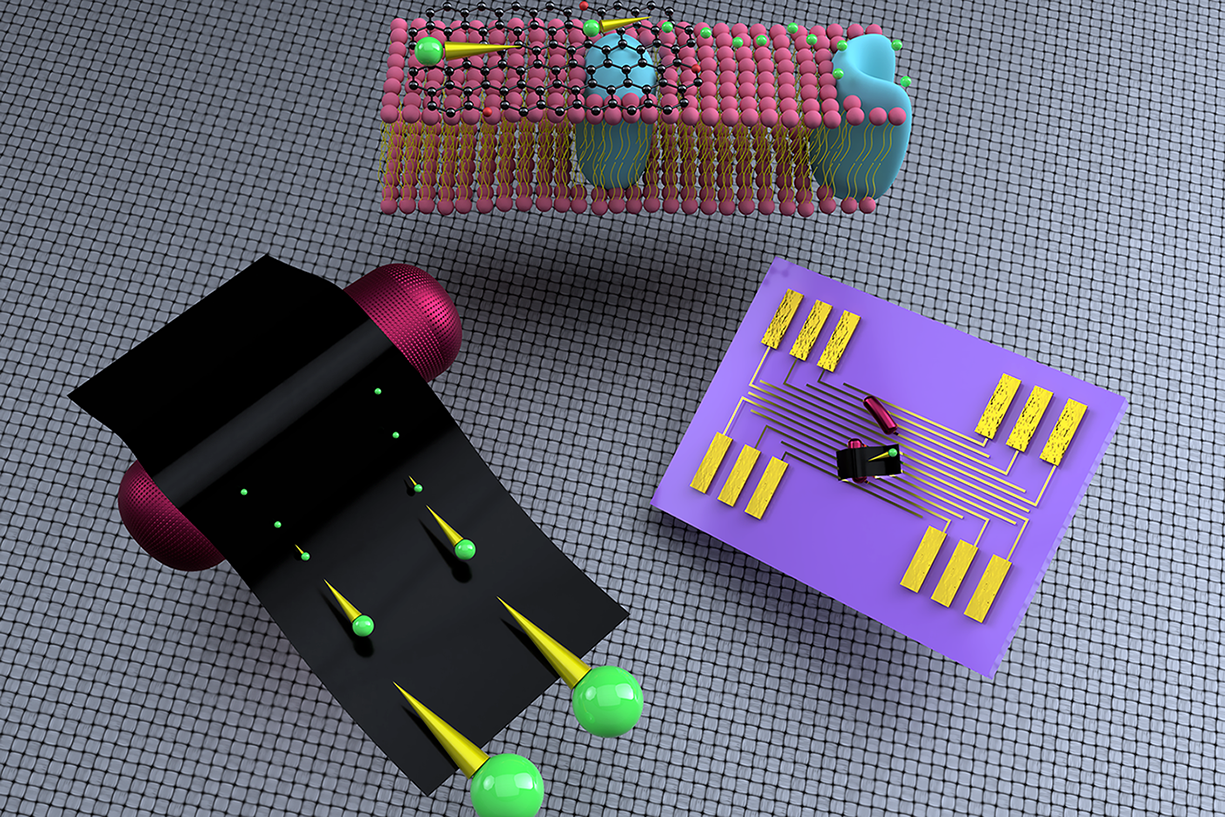
UIC chemical engineers get ‘muddy’ to develop renewable fuel cell
University of Illinois at Chicago engineers digging for efficient ways to harness sustainable power found a surprising fuel source — mud and a common bacterium often found in it.

Knowing why bacteria are great upstream swimmers may prevent serious infections
International research team’s findings on how far, how fast and why bacteria swim upstream may have implications for rapid infection prevention.
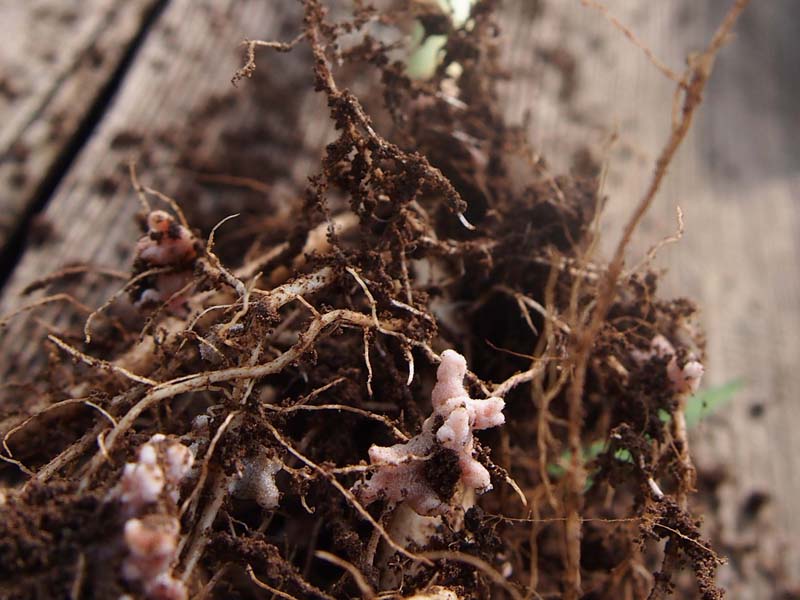
Microbes play important role in soil’s nitrogen cycle
But different microbes have distinct roles to play, and environmental factors influence activity.
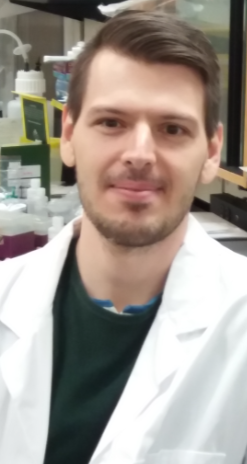
Bacteria potentially involved in the development of type 2 diabetes
blood and tissue samples from 40 patients suffering from severe obesity taken during bariatric surgery were used. Half of the participants suffered from type 2 diabetes, while the other subjects showed insulin resistance without being diabetic.
The researchers identified the bacterial genetic material in each of the tissues sampled, which came from the liver and three abdominal fat deposits. Based on the type of bacteria present and their relative abundance, the researchers were able to determine the bacterial signature for each tissue.